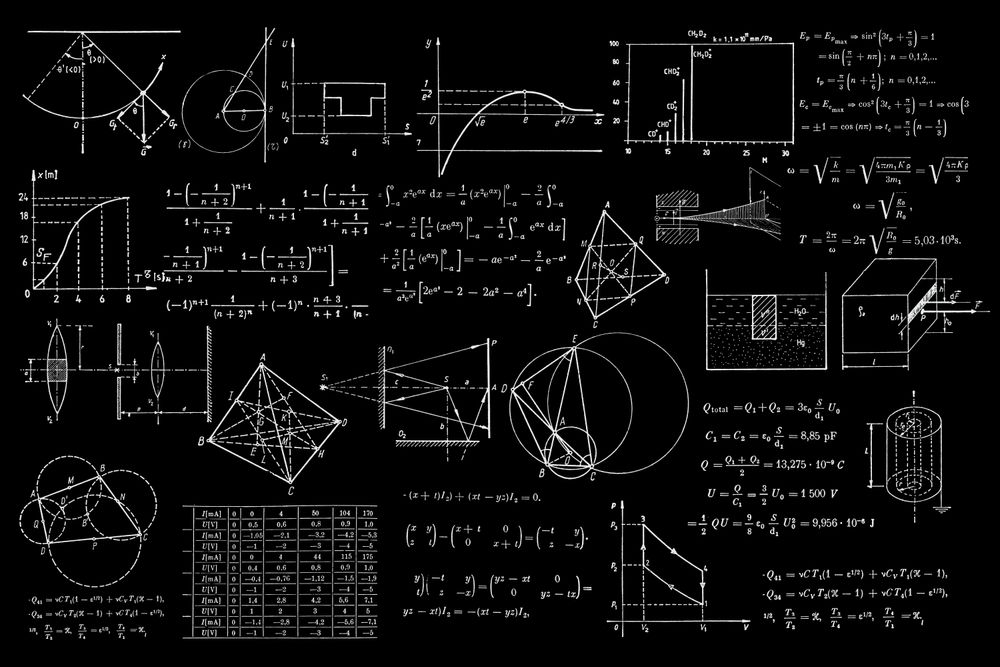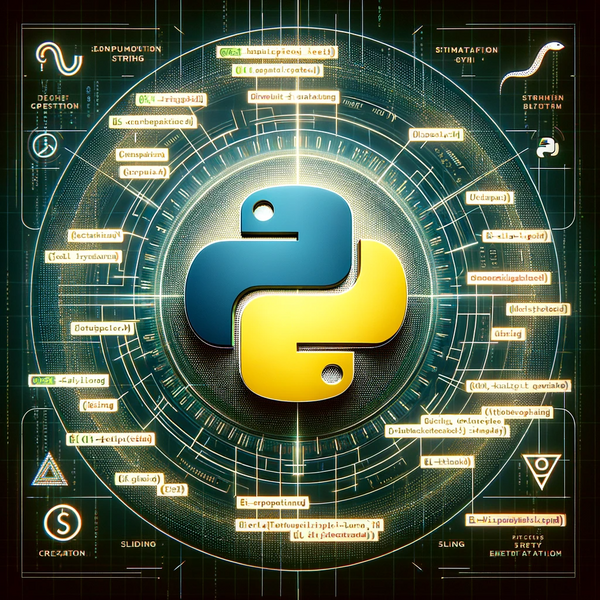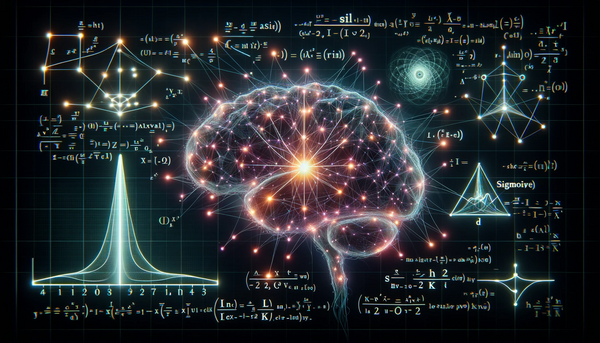Linear Equations in Artificial Intelligence: Solutions and Strategies
Introduction:
In the expansive landscape of Artificial Intelligence (AI), linear equations are foundational components that enable machines to learn, reason, and make decisions. They serve as mathematical expressions representing the relationship between variables and are pivotal in optimizing and solving various problems. This article elucidates the role of linear equations in AI, delving into their applications, significance, and the underlying principles that govern their functionality.
Foundations of Linear Equations:
Linear equations are mathematical expressions formulated as:
ax+by+c=0
where a,b, and c are constants, and x and y are variables. The simplicity and structure of linear equations make them versatile tools in the realm of AI, aiding in modeling relationships, predicting outcomes, and optimizing solutions.
Applications in AI:
1) Linear Regression:
- Definition: Linear regression is a statistical method used in AI for predicting the value of a dependent variable based on the value(s) of one or more independent variables.
- Equation: The equation of a simple linear regression model is y=mx+c, where y is the dependent variable, x is the independent variable, m is the slope, and c is the y-intercept.
- Use Case: It is extensively used in finance for stock price prediction, in biology for growth prediction, and in many other fields
Problem:
Suppose we have the following dataset representing the study hours and corresponding exam scores of students:
Study Hours (x) | Exam Score (y)
-----------------|---------------
1 | 10
2 | 20
3 | 30
We want to predict the exam score of a student who studies for 4 hours.
Solution:
To solve this, we need to find the linear equation y = mx + c.
- Step 1: Calculate the slope (m) using the formula.
- Step 2: Calculate the y-intercept (c) using the formula.
For this dataset, the slope (m) is 10 and the y-intercept (c) is 0. Therefore, the linear equation is y = 10x. For a student studying 4 hours, the predicted score would be y = 10 * 4 = 40.
2) Linear Classification:
- Definition: Linear classification involves categorizing data into two distinct classes using a linear equation as the decision boundary.
- Equation: The decision boundary in a two-dimensional space can be represented as ax+by+c=0.
- Use Case: Linear classifiers are employed in email filtering (spam or not-spam), sentiment analysis, and medical diagnosis.
Problem:
Consider a dataset with two features (x1, x2) and two classes (A and B):
x1 | x2 | Class
----|----|------
1 | 1 | A
2 | 3 | A
3 | 2 | B
4 | 4 | B
I propose the decision boundary line to be represented by the equation:
x2=x1+1
To visualize this, you might draw a graph on a piece of paper. On the x-axis, represent the x1 values, and on the y-axis, represent the x2 values.
Visualization Steps:
- Plot the Points: Plot the given points on your graph based on their x1 and x2 values. Label Class A points and Class B points differently, perhaps using different colors or symbols.
- Draw the Line: The equation of the decision boundary line is x2=x1+1. For any value of x1, you find the corresponding x2 by adding 1. For example, when x1=1, x2=2, giving you the point (1,2) on the line. Similarly, for x1=2, x2=3, giving the point (2,3) on the line. Drawing a line through these points (and continuing in both directions) will give you the decision boundary line.
- Check Classification: Once you have the line, observe which side of the line the Class A and Class B points lie on. In this case, all Class A points should be on or above the line, and all Class B points should be below the line.
3) Linear Programming:
- Definition: Linear programming is a method to achieve the best outcome in a mathematical model whose requirements are represented by linear relationships.
- Equation: It involves optimizing a linear objective function subject to a set of linear constraints.
- Use Case: It is used in supply chain optimization, production scheduling, financial portfolio design, and telecommunications routing.
Problem:
A company produces two products (A and B). Each unit of A earns a profit of $100 and each unit of B earns a profit of $150. The company has 200 hours of labor available, and each unit of A requires 1 hour of labor, while each unit of B requires 2 hours of labor. The company wants to maximize its profit.
Solution:
Let's define the number of units of A and B produced as x and y respectively.
Objective Function: Maximize P=100x+150y
Constraints:
- Labor: x+2y≤200
- Non-negativity: x,y≥0
Solving this linear programming problem, we find that the company should produce 100 units of A and 50 units of B to maximize its profit, earning $10,000 from A and $7,500 from B, for a total profit of $17,500.
Challenges and Considerations:
While linear equations are versatile and widely used, they are not without limitations. They assume a linear relationship between variables, which may not always hold true, leading to suboptimal solutions. Furthermore, high-dimensional data may result in overfitting, where the model becomes too tailored to the training data and performs poorly on unseen data.
Conclusion:
Linear equations are integral components of Artificial Intelligence, underpinning a multitude of applications and serving as a foundation for more advanced techniques. They facilitate the modeling of relationships, prediction of outcomes, and optimization of solutions across various fields. Despite their limitations, the simplicity, solvability, and interpretability of linear equations make them invaluable assets in the ongoing development and evolution of AI technologies.





